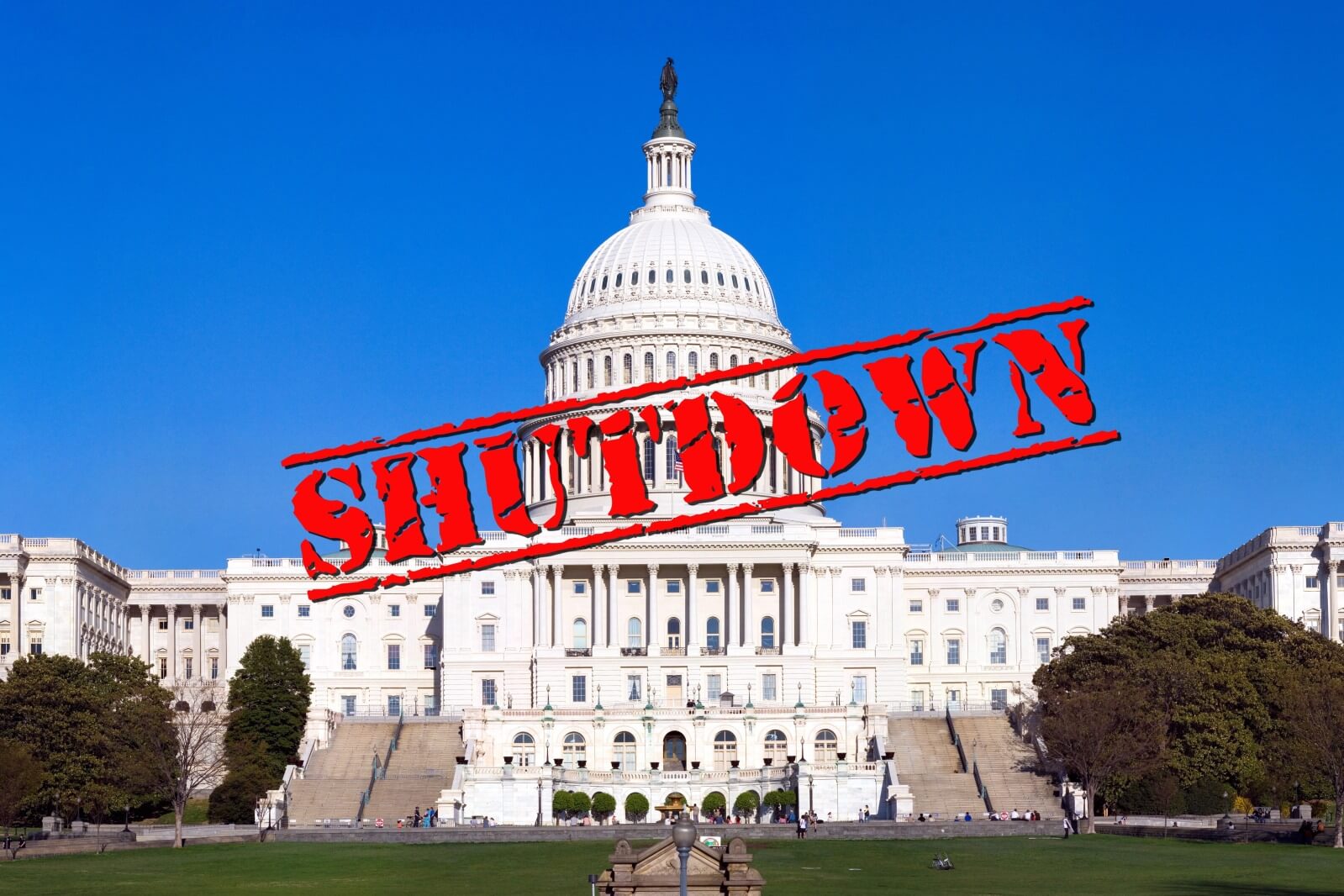|
A Closer Look: The U.S. Economy – Rowing With the Current: Planning for 2026 Growth
by Jenna Allen, ITR Economics
Businesses should prepare for 2026’s inflation-tinged, mild macroeconomic growth environment by focusing on their industry’s trends and increasing efficiencies or competitive advantages amid margin pressures.
As 2025 winds down, businesses are setting budgets and goals for 2026. While this year has brought its share of uncertainty — tariffs, inflationary pressures, and now a government shutdown — the broader macroeconomic landscape shows that the US economy is chugging along. For most companies, 2026 should offer an opportunity to row with the current rather than against it.

Why We Are Not Changing Our Outlook
With the ongoing federal government shutdown moving into week three as of this writing, some clients are asking whether we have changed our macroeconomic outlook. The answer is no. Modern shutdowns are a recurring feature of American politics. Even the longest government shutdown, the 35-day closure in 2018-19, had minimal measurable economic effect (just 0.05% of GDP, the majority of which was expected to be recovered later that year). Shutdowns delay some spending and disrupt many federal workers’ lives, but they have not historically derailed the broader business cycle. However, local effects may be noticeable in regions heavily saturated by government workers. The private sector typically moves forward.
Evidence Supporting Mild Growth in 2026
Economic fundamentals point toward mild growth next year. Financial conditions remain accommodative: money supply growth is exceeding inflation, bank lending is supporting liquidity, and credit-risk premiums are low overall despite some jitters related to auto loans and non-bank financial institutions’ loans.
The consumer sector, which drives roughly two-thirds of US GDP, is solid. The ITR Retail Sales Leading Indicator™ has trended upward, and inflation-adjusted incomes are rising, albeit at a milder-than-average pace. The US Homeownership Rate is trending at around 65%, and many households have seen their balance sheets strengthen thanks to high housing and equity values. These income and wealth effects will drive consumer spending even though consumer confidence — a poor predictor of consumer spending — is low as consumers show their annoyance with high prices. Consumers on the lower end of the income spectrum may struggle to keep up.
In the commercial sector, sentiment has improved. The US Small Business Optimism Index is rebounding, and overall US Domestic Corporate Profits are rising, though at a slowing pace. Businesses are investing in automation and productivity to offset labor shortages and margin pressures, with new orders growth signaling readiness for expansion. Globally, leading indicators point to a cautiously improving environment.
Sector Nuance and Planning Implications
Not all markets will move in lockstep. Some discretionary and interest-sensitive markets will continue to face headwinds from somewhat sticky interest rates. Nonetheless, the demographics driving the majority of consumer and business activity remain on solid footing.
Given this landscape, business planning should balance optimism with discipline:
• Set realistic targets. The macroeconomic evidence supports gradual acceleration next year; understanding the likely performance of your industry and region is key as well, given that there are significant differences in performance in this cycle.
• Monitor inventory ratios closely. Some improvement in demand could lead to widening lead times, an issue that could be exacerbated further by supply chains adjusting to tariffs.
• The labor market will remain tight as the population ages and nears retirement. Plan for modestly higher wage adjustments.
Uncertainty is part of every cycle, but it should not paralyze your planning. History shows the economy adapts quickly even amid political standoffs like the current shutdown. Inflation will support nominal revenue gains but compress margins. Ensure that your plans include a way to manage efficiency and control costs without alienating employees or customers.
|